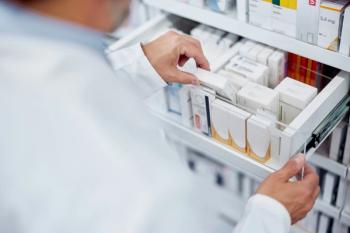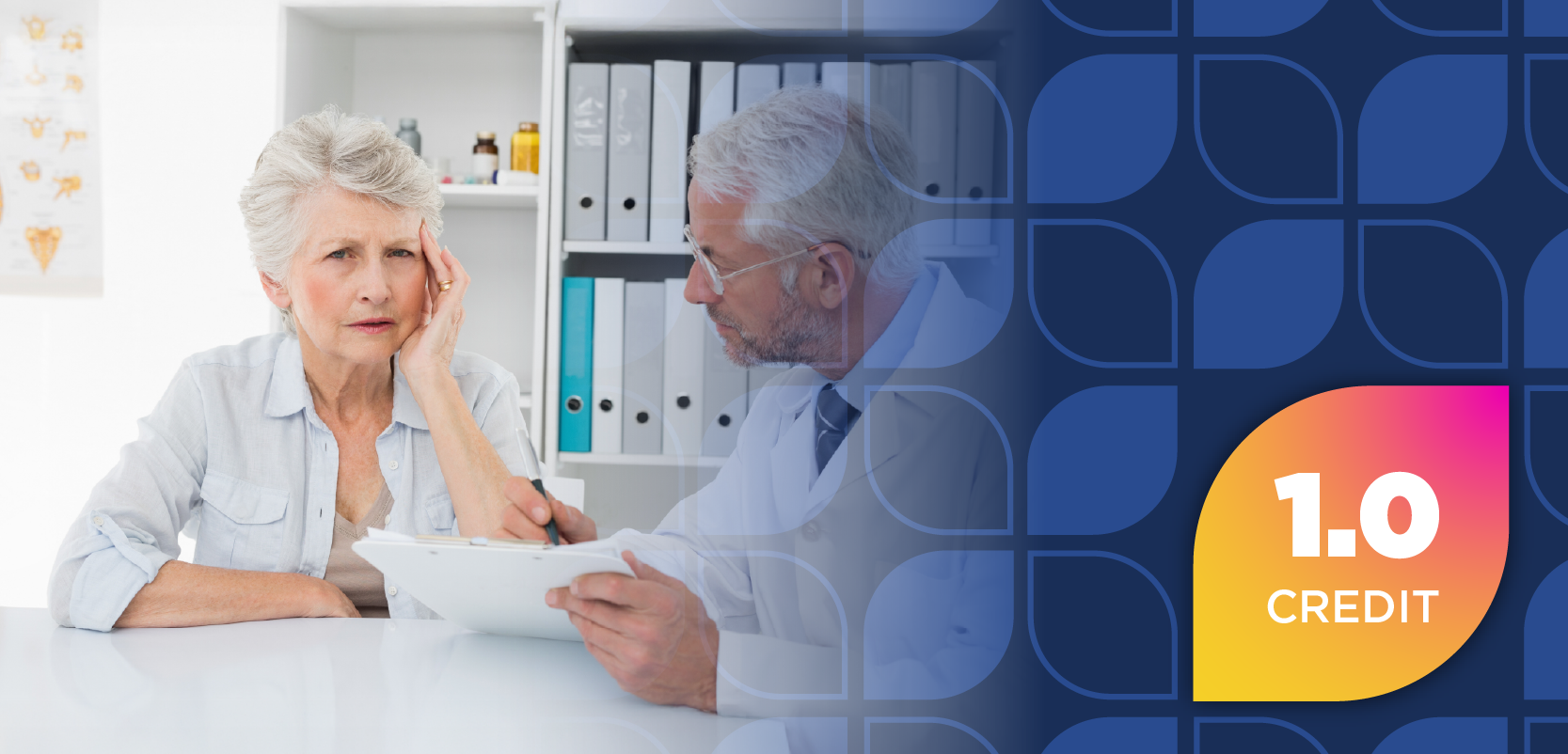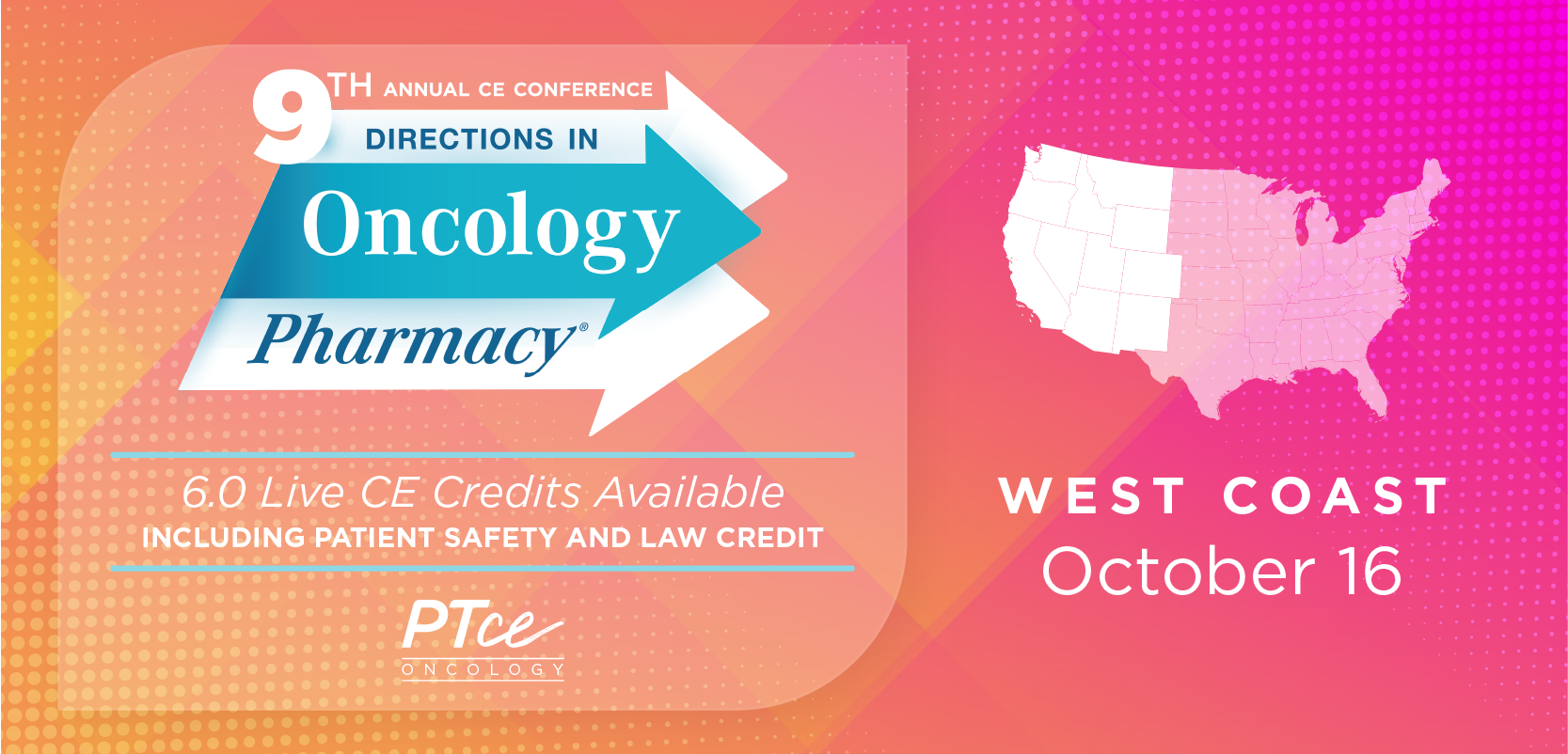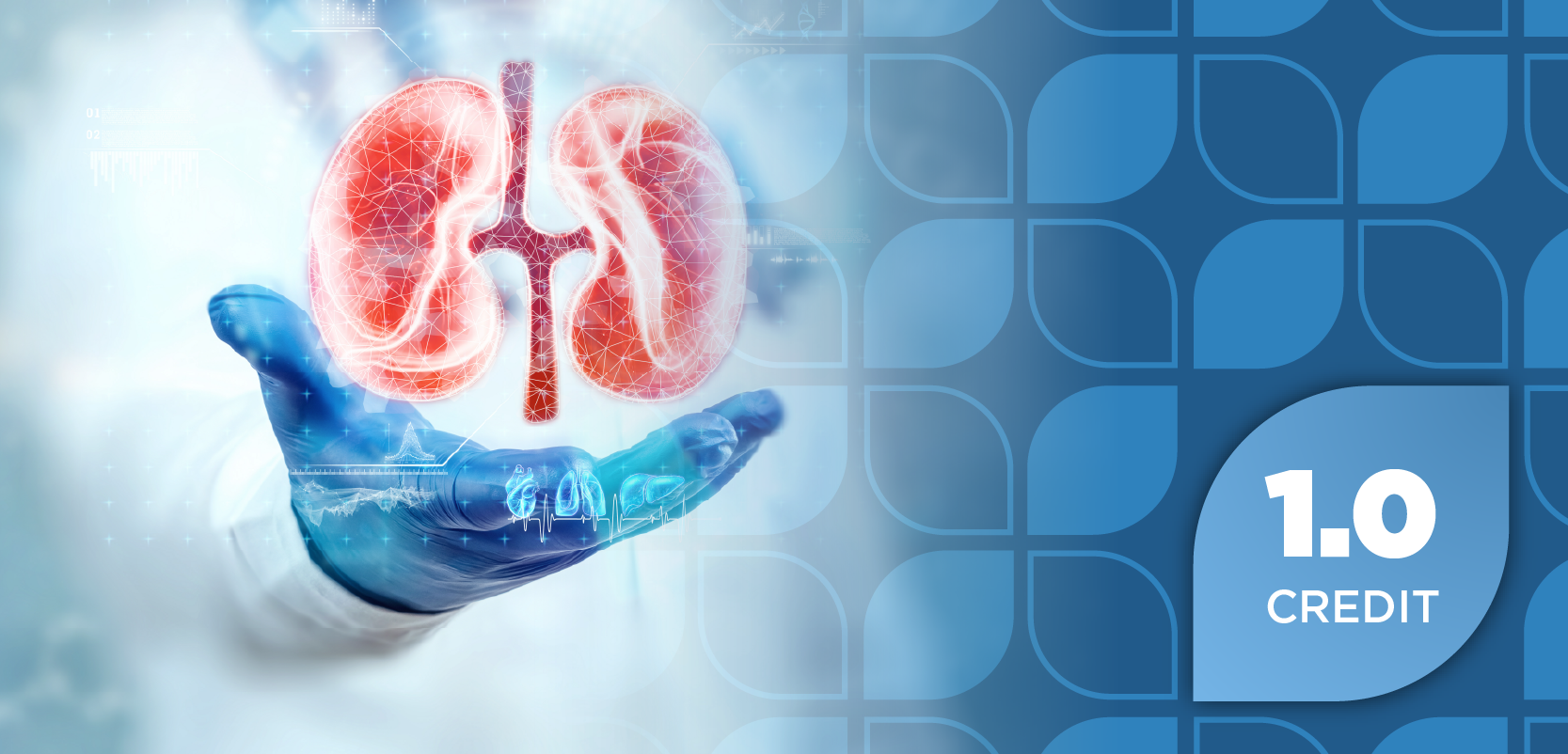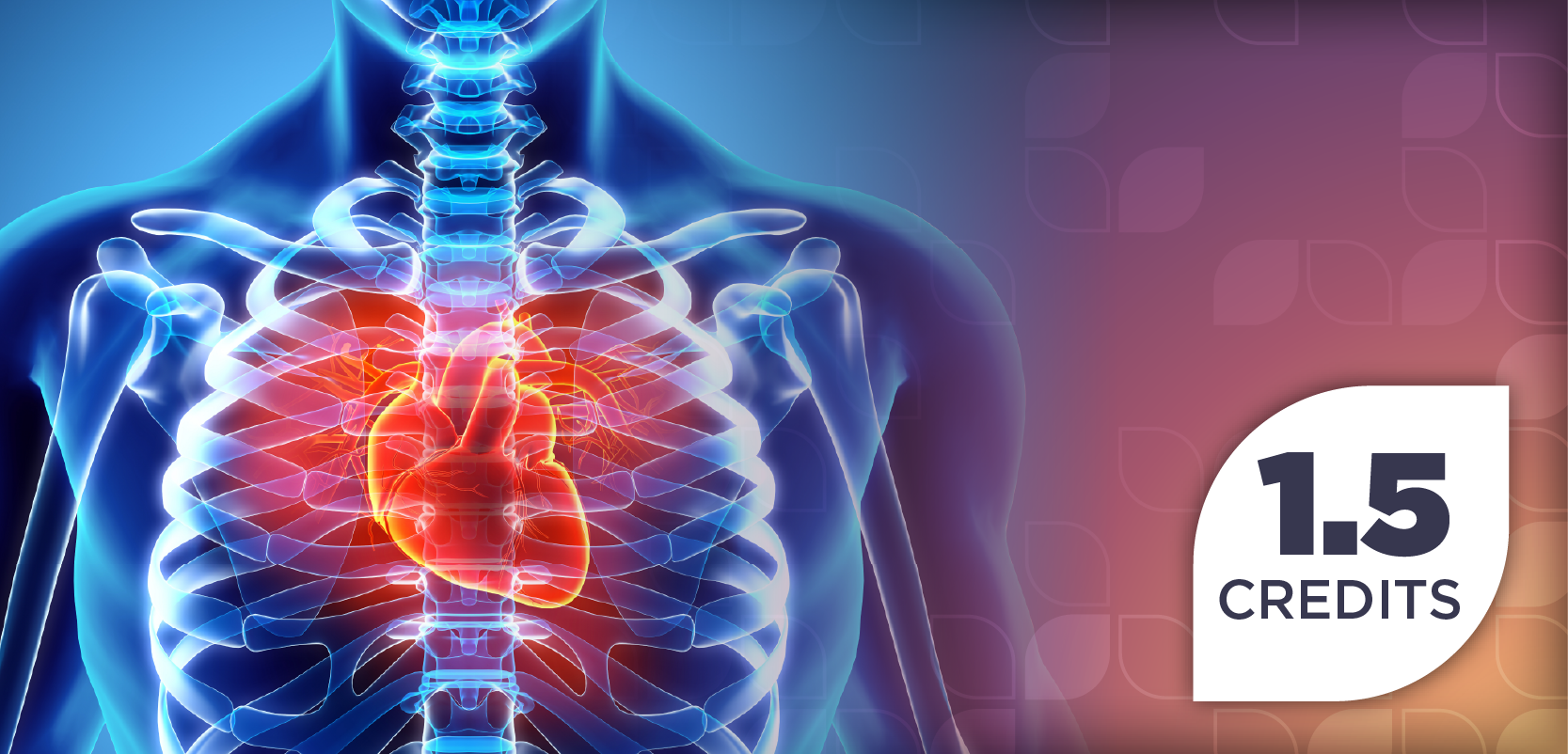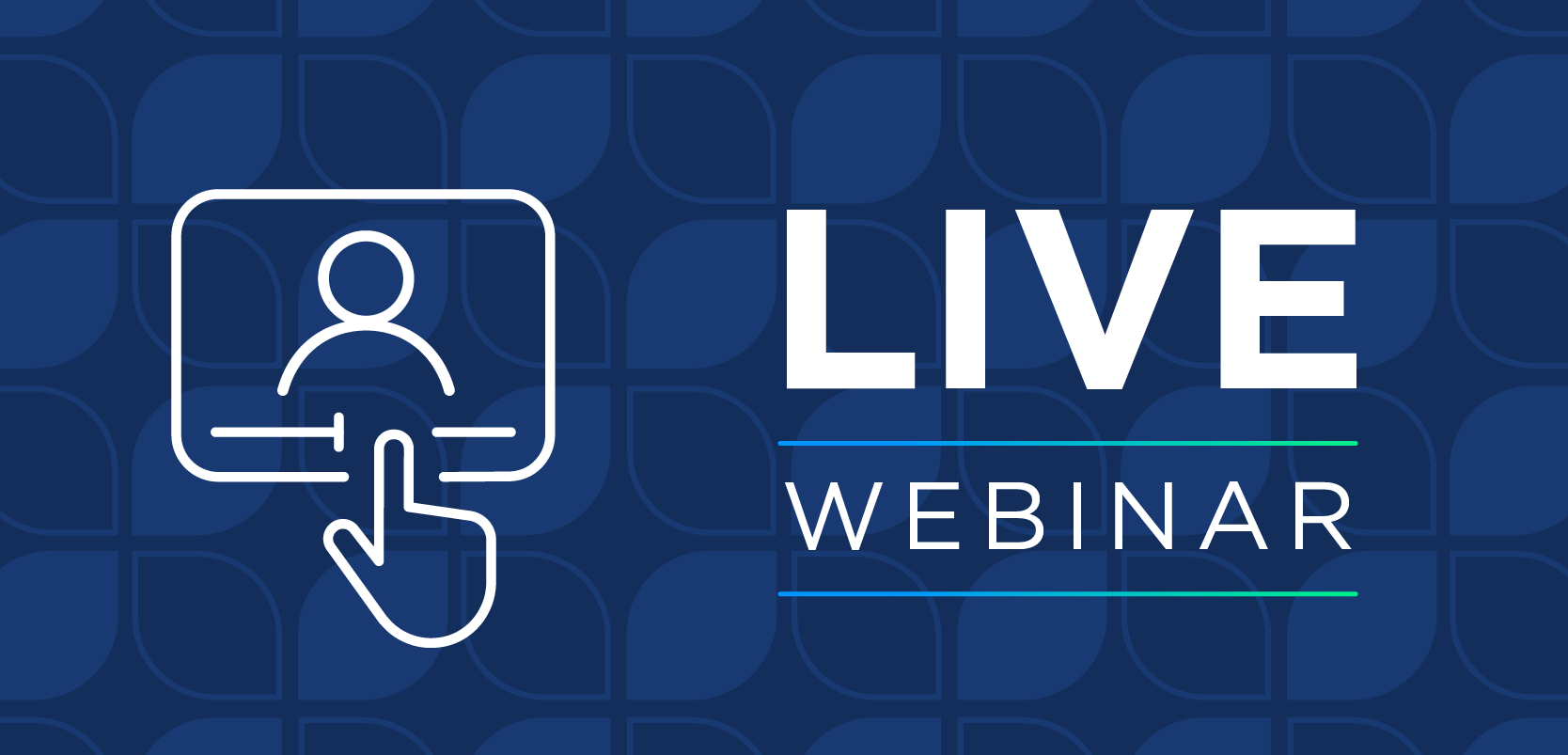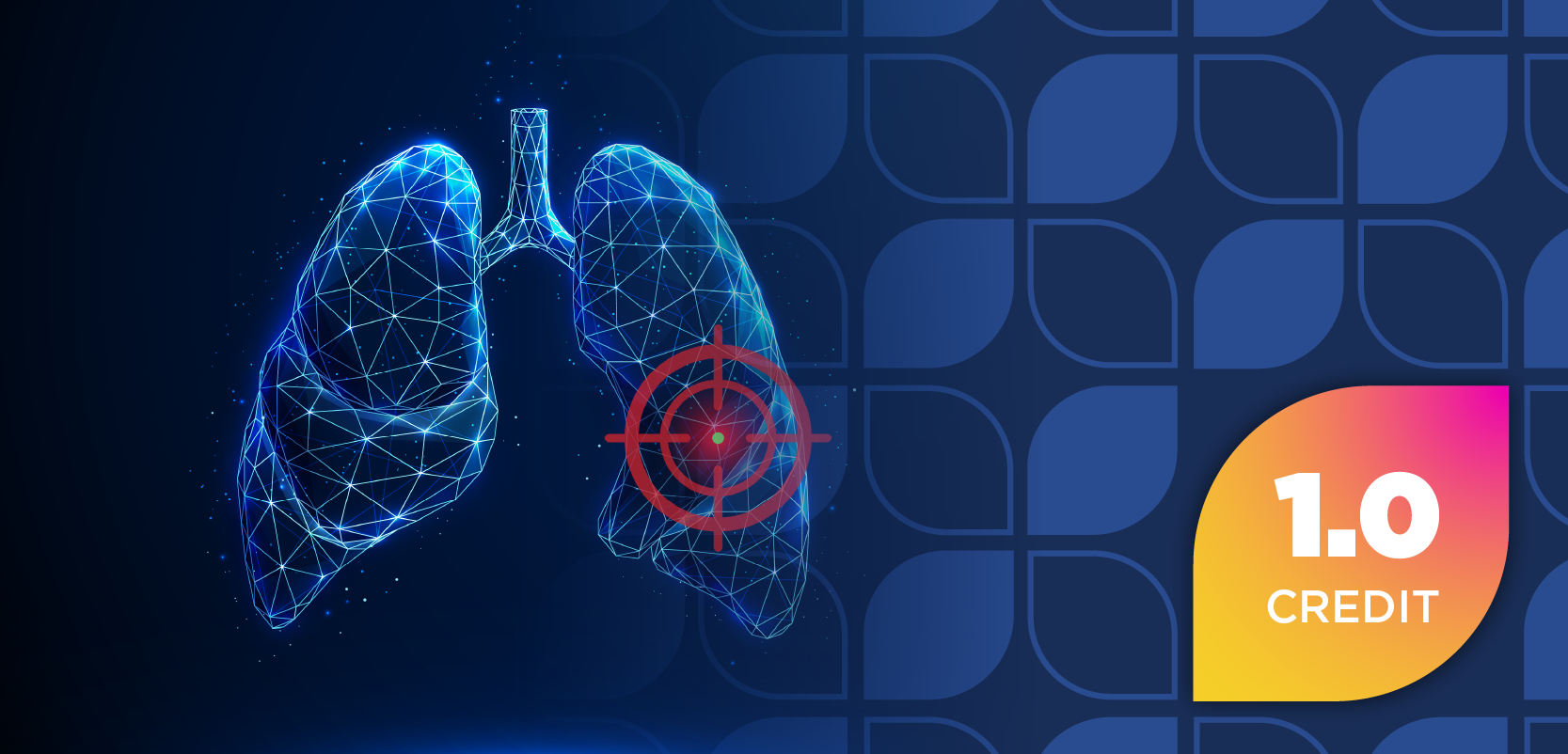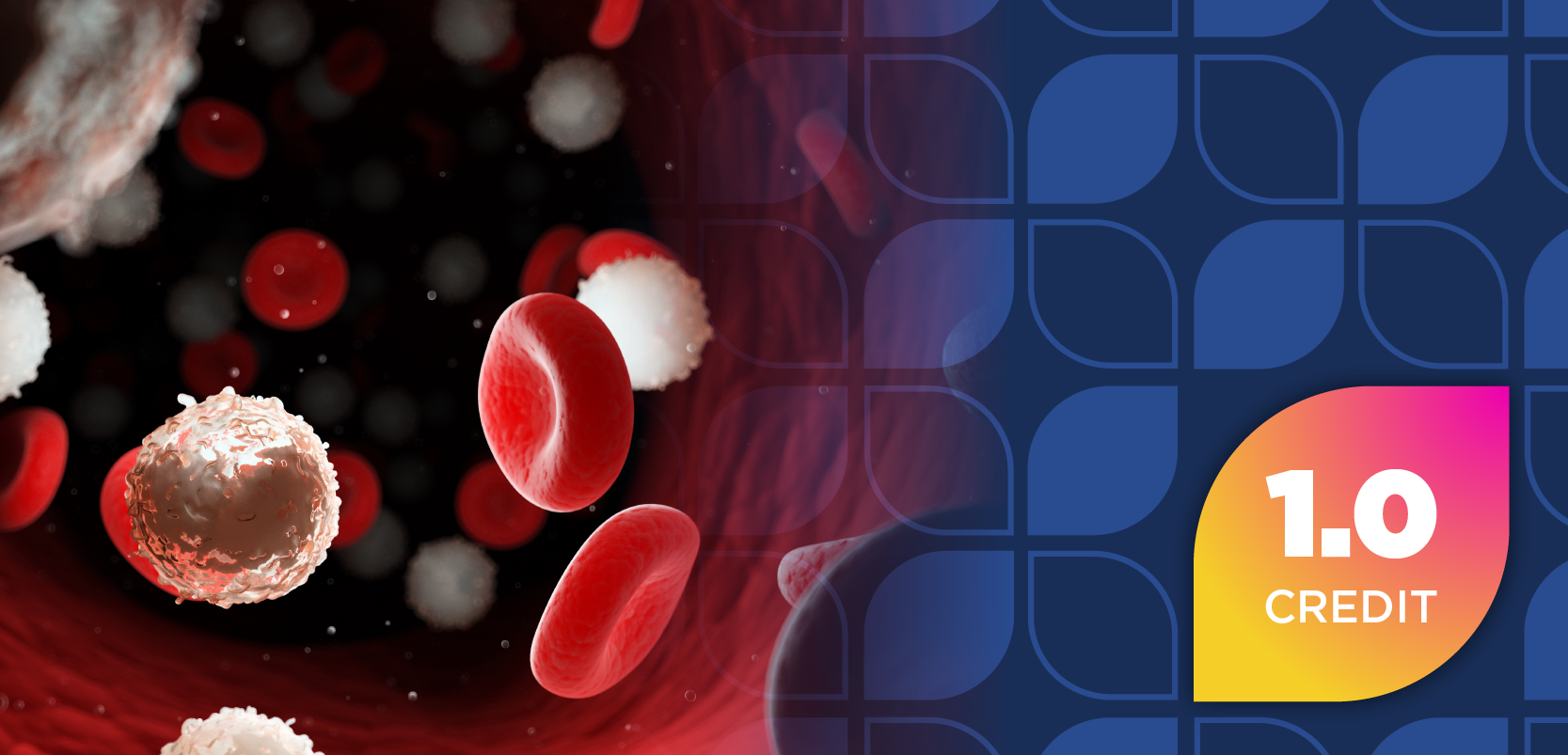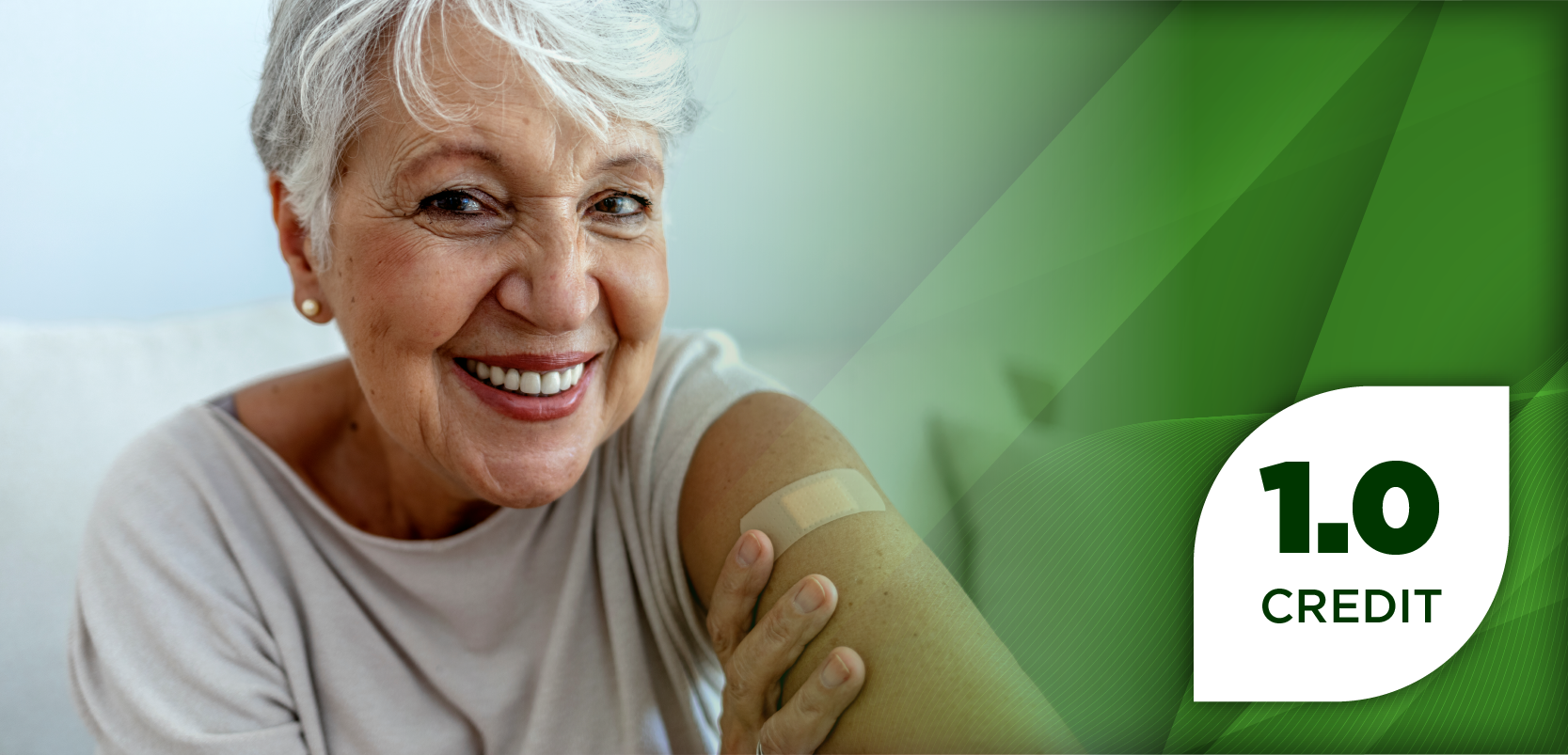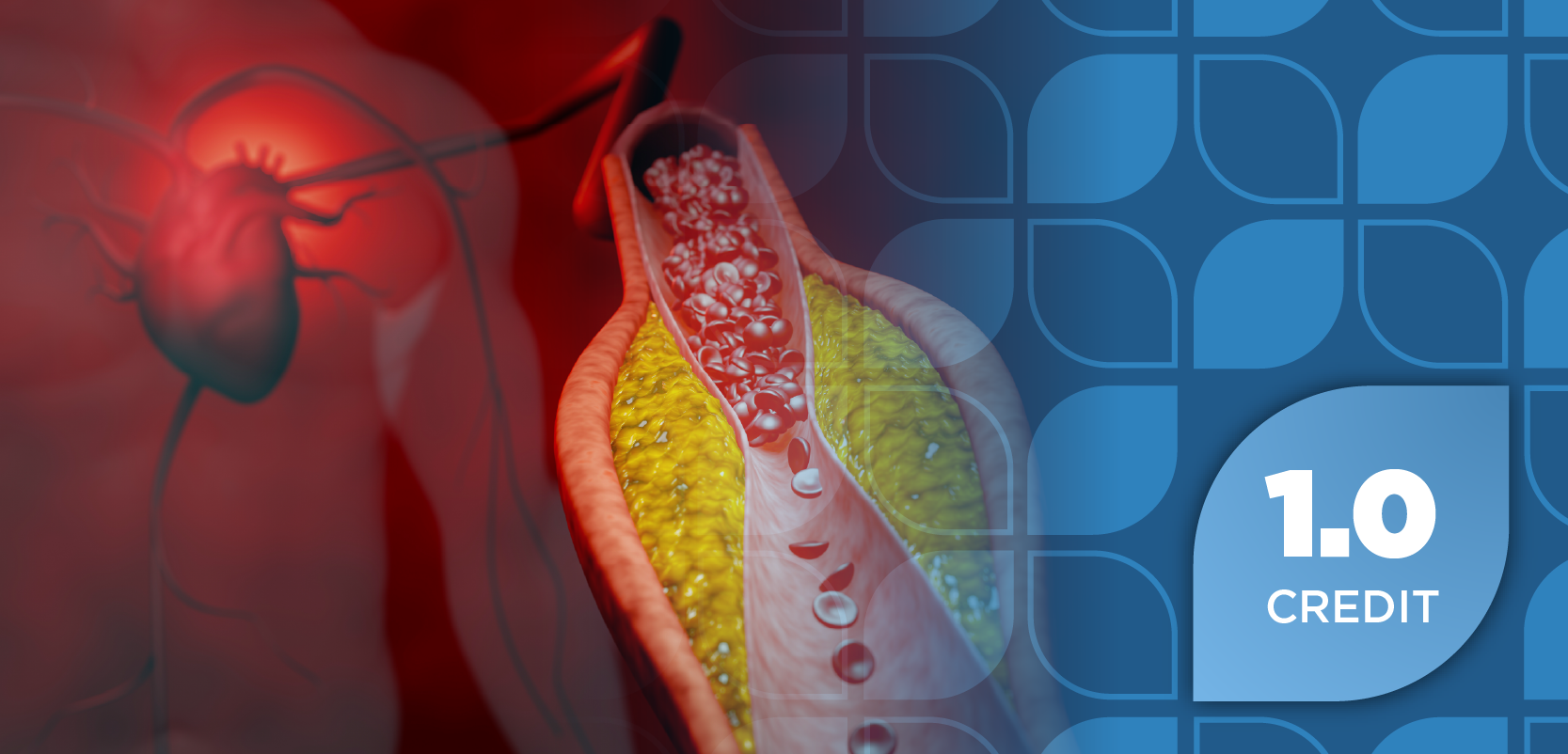
Pharmacy Practice in Focus: Oncology
- October 2015
- Volume 2
- Issue 4
Leveraging the Rise of Wearables and Digital Devices to Collect Patient Data for Wellness
A veritable digital health revolution is brewing, with a plethora of health apps coming to market that go beyond simply tracking your daily steps and caloric burn.
The smartphone has graduated from simply being a communication device to one that is capable of being used as a health tool in our daily lives. A veritable digital health revolution is brewing, with a plethora of health apps coming to market that go beyond simply tracking your daily steps and caloric burn.
Nonetheless, while many companies and tech giants (eg, Apple and Google) are growing this niche, many health care practitioners are still trying to deduce how to use such data for daily practice and patient care. This is likely to be an ongoing conversation over the next few years, as we see a burgeoning market of products, with patients, providers, and research helping organizations to find what works best for their members. Taking all of this into consideration, it is important to consider current developments in the digital health sphere, their potential to make us rethink our current treatment and assessment patterns on the clinical landscape, and their impact on pharmacy at large.
Digital Health Devices Are More Than Fitness Trackers
For many individuals, the concept of wearables is relegated to fitness trackers, which include products from FitBit, Nike, Microsoft, and many others. In many ways, these devices are nothing more than very advanced pedometers. They allow individuals to track their steps, distance walked/run, and calories burned. The integration of these devices with the user’s smartphone allows for many expanded features, including global positioning system connection, the ability to share activities with friends, and the ability to analyze physical activity and integrate it with lifestyle choices (eg, diet habits). Many fitness trackers are also waterproof, switch into different activity modes (eg, cardio aerobics, biking, swimming), and integrate a heart rate tracker.
While such wearables have generated much attention, due in part to the recent success of FitBit’s initial public offering and the vaunted premise of such fitness trackers being a potential tool for workplace wellness, there are more to wearables than just fitness. There are many devices now coming to market that patients can wear or access via their smartphone that aid in the management of other health issues.1 Take, for example, the recent developments of continuous glucose monitoring (CGM) devices. The premise behind CGM is to give patients better access to monitoring of their blood glucose levels, in addition to using their blood glucose meter to compare readings.2 These CGM devices function via a patch or other wearable form attached directly to the abdomen that senses the blood glucose of the patient. The data collected are then seamlessly broadcasted to an app on the patient’s smartphone. Patients are also able to upload data from their device onto a cloud storage system, which can be shared with their diabetes management team, who can then use the information collected from the patient in real time to make clinical decisions and interventions.3
CGM is just one example of the large role digital health devices may play in disrupting current disease management processes. Other devices coming to market could cause many health care practitioners to rethink how we monitor patients in clinical practice. For example, AliveCor has developed monitors that attach to a smartphone and enable a patient to track their heart rhythm with a 1-lead EKG. This device has already been FDA approved and used in community pharmacies in Australia to identify members of the population with atrial fibrillation. Withings, a European-based company, is investing much research into wearables and other digitally tethered monitors for patient care. This includes Bluetooth-enabled blood pressure monitors and smart wellness scales that can measure a patient’s weight, temperature, and blood pressure from the soles of the feet.
While some companies are focused primarily on the development and implementation of such digital devices into patient care, other companies that were traditionally focused solely on technology and hardware, are starting to pay attention as well. Apple and Google have started paying a substantial amount of attention to the digital health sphere, looking to leverage their mobile smartphones as the future central hub to patient health and well-being. Apple’s recent smart watch allows for heart rate detection and serves as a fitness tracker, but their proprietary “Health” app is their flagship health care development. Seeking to demonstrate the way a smartphone can be the hub for a patient’s health and wellness, the iPhone can now collect and collate data from other digital health devices and directly record vitals and lab data for the patient. These can then be shared with providers and be seen via an electronic health record (EHR). EPIC, one of the largest EHR companies in the United States, has sought to integrate Apple Health into its platform. Lastly, Google has reached out to the FDA and is currently in the process of creating new devices for disease management. This includes a foray into developing a CGM device with Alcon, the eye care division of Novartis, using Google’s “smart lens” technology.4 It is an exciting time in digital health development, and the emphasis that large companies are placing on such technology demonstrates their belief in the potential of these devices to improve patient outcomes.
Increased Data for Chronic Disease Management
All of these devices are meaningless without the applicable use of the data collected. With sufficient foresight, many health care providers and organizations are seeking to leverage these patient-centric data to help guide their clinical care practices. Their biggest impact will inevitably be on chronic disease management, such as diabetes management and cardiovascular disease management that requires an emphasis on remote blood pressure monitoring.
These data can be utilized by pharmacy to help guide care. One study in the Journal of the American Medical Association identified the use of remote blood pressure monitoring for pharmacists to guide pharmacological management of ambulatory patients. The results of the study demonstrate that the use of data remotely generated was effective in guiding patient assessment and management for positive outcomes.5 This is only one example, but it demonstrates the ways in which pharmacy may leverage digital health information.
Impacting Patient Medication Adherence with Digital Health
While disease management has seen an explosion of digital devices to manage care, there is also a large emphasis on reshaping the way we help patients with their medications and adherence. There are now smart pill bottles coming to market to remind patients to take their medications via alerts sent by their smartphone; after the medication is taken, the bottle signals the provider on the patient’s adherence.
More advanced interventions include the use of pills that, upon digestion, send an electronic signal demonstrating when the patient took their medication. This is due, in part, to sensor-enabled pills containing an ingestible sensor, which send a signal to a patch worn on the patient's torso as soon as the pill reaches the stomach and then communicates with others for alerts.This information is then further shared with the patient’s providers. Perhaps the most advanced way ever to assess patient adherence, its ramifications may be quite drastic in the management of some disease states. Recently, Proteus Digital Health, one of the leaders in the development of biodigestible sensors, has teamed up with Otsuka Pharmaceutical to allow their medication, Abilify, to have a built-in ingestible sensor. The hope is that this may result in a better assessment of adherence and possibly reduce negative outcomes from nonadherence for patients with mental illnesses requiring the use of Abilify (eg, depression, schizophrenia).6
Integrating Digital Health into Pharmacy Practice Environments
Pharmacists now have access to never-before-available data. We have the opportunity to assess patient data, in real time, and use it to help guide care. For instance, using a Bluetooth-enabled blood pressure cuff and smart pill bottle, a pharmacist can determine how adherent a patient is to a newly started antihypertensive agent and how their blood pressure is reacting. These data can then be used by a pharmacist to help guide recommendations on medication safety issues (eg, hypotension) or treatment modifications with the patient’s provider.
Timothy Dy Aungst, Pharm,D is an assistant professor of pharmacy practice at MCPHS University, Worcester, Massachusetts. He has a vested interest in the power of mobile and digital health in the field of pharmacy and health care at large. He has published previously on the role of mobile and digital health for pharmacists, conducted reviews of mobile apps and devices, and coauthored the e-book Evaluating Mobile Medical Applications with the American Society of Health-System Pharmacists. He has given numerous talks locally and nationally on mobile devices, digital health, and e-patients. He can be followed on Twitter @TDAungst.
Steven Khov, is a PharmD Candidate (2016) at MCPHS University, Worcester, MA. He was on his APPE elective medical writing rotation under the guidance of Dr. Aungst during the creation of this article. He is interested in the roles that mobile technology and mHealth have with patients and pharmacists. He hopes to pursue a fellowship in industry upon the completion of his degree.
References
- Elenko E, Underwood L, Zohar D. Defining digital medicine. Nat Biotechnol. 2015;33(5):456-461. doi: 10.1038/nbt.3222.
- Burge MR, Mitchell S, Sawyer A, Schade DS. Continuous glucose monitoring: the future of diabetes management. Diabetes Spectrum. 2008;21(2):112-119. doi: 10.2337/diaspect.21.2.112.
- Walsh J, Roberts R, Morris R, Heinemann L. Device connectivity: the next big waves in diabetes. J Diabetes Sci Technol. 2015;9(3):701-705. doi: 10.1177/1932296814568806.
- Novartis to license Google “smart lens” technology [press release]. Basel, Switzerland: Novartis; July 15, 2014. www.novartis.com/news/media-releases/novartis-license-google-smart-lens-technology?utm_source=drupal&utm_medium=redirect&utm_campaign=drupalredirect&utm_content=www.novartis.com/newsroom/media-releases/en/2014/1824836.shtml. Accessed September 15, 2015.
- Margolis KL, Asche SE, Bergdall AR, et al. Effect of home blood pressure telemonitoring and pharmacist management on blood pressure control: a cluster randomized clinical trial. JAMA. 2013;310(1):46-56. doi: 10.1001/jama.2013.6549.
- US FDA accepts first digital medicine new drug application for Otsuka and Proteus Digital Health [press release]. Proteus Digital Health website. www.proteus.com/press-releases/u-s-fda-accepts-first-digital-medicine-new-drug-application-for-otsuka-and-proteus-digital-health. Published September 10, 2015. Accessed September 15, 2015.
Articles in this issue
almost 10 years ago
The Wellness Movementalmost 10 years ago
Mental Health First Aid as a Skill Set for Community Pharmacy Personnelalmost 10 years ago
The Evolution of Accountable Care Organizations and the Role of Pharmacistsalmost 10 years ago
Specialty Pharmacy and Health Care Reformalmost 10 years ago
Biosimilars-Substitution is Not Just for Your Grandfather's Generics Anymorealmost 10 years ago
Wellness Services in Community Pharmacies-What Will Drive Success?Newsletter
Stay informed on drug updates, treatment guidelines, and pharmacy practice trends—subscribe to Pharmacy Times for weekly clinical insights.

